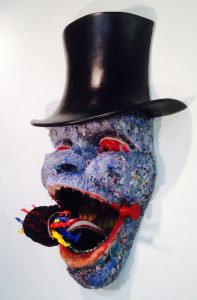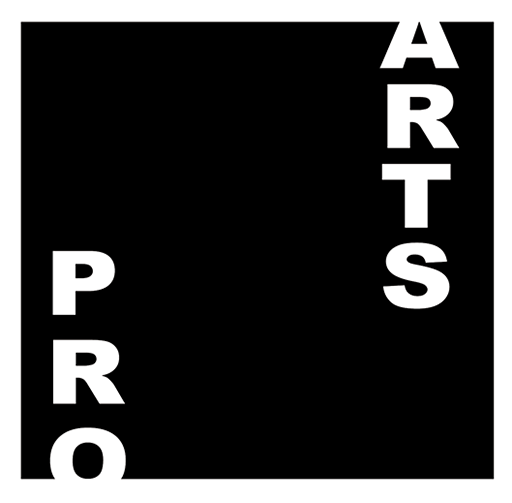Suprina
interviewed by Ravan Williams
Having studied sculpture at the University of the Arts in Philadelphia, but not graduating and instead you choosing to learn your craft as a sculptor in Hoboken, How did this hands-on experience outside of the art school influence your work as a fine artist?
I would say the most important thing I learned from ‘working’ in my field rather than finishing school was structure. In school, I studied anatomy, ceramics, glass blowing, welding, foundry work, and of course clay and plaster. These crafts have all allowed me to work in many materials, but without structure, I would not be really free to create whatever came to mind. My first job as a sculptor taught me how to build: large. I asked my boss after my first year if I could work directly under the Master Carpenter there. They said yes and it was there that I gained the theories needed and hence my true artistic freedom began.
Another element that is essential to art making, especially large projects where you might be asking for grant money, is production time. I know artists hate to think that ‘time’ might matter, but I believe you hone your craft even more when you have to factor that in. By utilizing my time well and having structure firmly under my belt I can give the time needed to the creative end of art making.
A by-product of working as a hired sculptor was that I saw so much waste, so many sculptures I created for a client went to the landfill once the promotion was over. It didn’t bother me that ‘my’ work was thrown out, as I didn’t really consider it ‘mine’; what bothered me was my profession was adding to landfills. I believe this is partly why my private art became more and more involved in found objects.
All in all I think art school is an incredible time in one’s life, but it in no way prepared me for the real world of art…looking back maybe that isn’t its function.
In your works that express the human condition and social issues, do you feel that many people can relate to these works regardless of sexual orientation, race and religious background?
A successful work of art touches most everyone in some way or another. Most people have experienced beauty, injustice, hate, love, humor etc, so they have all the background they need to ‘feel’ my works. Take for example ‘Justice for All’ one mixed media sculpture in a series about Americas Mass Incarceration policies. You don’t have to be an African American to have the hair on your neck raise or get a tear in your eye….you just have to be human and have empathy.
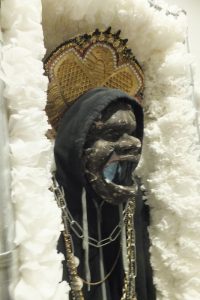
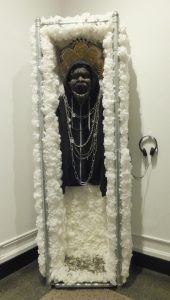
How does your work begin? Do you jump right in and start working immediately with your medium, or do you work out sketches and or photo references?
Both, it depends. Usually my larger pieces start with very quick drawings – these allow me to foresee structural issues. With most of my smaller works I just jump in and let the process figure it out.
What is the hardest part about working with life size or larger than life size sculptures? Do your sculptures require technical demands that require the assistance of others?
I have the structural thing down pretty good though because I can’t weld in my studio. I do work with a metalsmith on large works needing steel. We have worked together for 20 years now, he knows me well and we work very well together. There are also times I want a new material for something, then I call the tech dept. at The Complete Sculptor and explain what I need the material to ‘do’- they have been very helpful.
The hardest thing about large projects is the funding.

Do you use any of your personal experiences to aid in your narrative/figurative works? Has any of your works turned out to be a beautiful nightmare?
I always use my personal experiences, I wouldn’t know how to do it any other way. If I decide to communicate a theme it’s because it has touched me deeply, either through my direct life experience or my witnessing something, which is how “Justice for All” came about.
A beautiful nightmare….hummmm…I love the words together….

Your newest work DNA totem? Where did the inspiration for this piece come from? In addition to successfully raising funds through indigogo?
I think this public sculpture came from anger. Because I use a lot of trash and found objects in my work I am acutely aware of the waste we create every day. I believe more than 3/4s of what (most of us) we buy is landfill. In the name of ‘choices’ we have a glut of impulse items, most of it worthless. These ‘things’ never really give us what we want…so we buy more. This made me think…no other creature on this planet acquires so much ‘stuff’- maybe its in our DNA to be so destructive to our own homes.
Each one of us creates over 1500 lbs. of trash in one year, where is it all going…. That’s how the sculpture came into being…a drawing and a sample. I applied for a grant with the Puffin Foundation and they loved the idea and helped to fund it.
The rest of the money was raised on Indiegogo and some from my local community… Harlem; where the sculpture is slated for installation in Spring 2016.
When your work was deemed “dangerous” at the Morristown courthoughse, what exactly triggered your “dangerous Art” series? Do they appear even more dangerous now?
I was so excited to be one of the artists picked to show at the Atrium Gallery/Morristown courthouse in the fall of 2013. The curator had me show over 30 sculptures. She let me curate and hang the show…that was to run for 3 months. But after just 10 days I got a call from the curator almost in tears. She told me the County Sheriff had ‘walked’ my show and deemed it dangerous to the public. He put a 24/7 guard on my work until I removed it from the building; our tax money hard at work… keeping people safe from art. The silver lining was the press and that Gallery Aferro in Newark heard about it and told me to bring the work to their gallery to show. I believe there was some censorship here, though I do have some sculptures that have provocative objects embedded – he wanted ALL the sculptures removed. I think it was the sculpture ‘U R Blessed, R U?’ which has an image of a Pope that did it. When I was installing that piece I thought to myself, ‘this could get me into trouble’ but I never imagined all my work would come down. I vowed after that to create a real ‘Dangerous Art’ series. Much of my work since then is either dangerous socially or physically. ‘Madonna and Child’ was the first in the series. In Hindsight it was the best thing ever to happen. Gallery Aferro just offered me 70 running feet of window space to create an installation in, for Fall 2016! I would not have that relationship if this didn’t happen.
Links- The Star-Ledger-
http://www.nj.com/news/index.ssf/2013/10/citing_safety_concerns_morris_sheriff_removes_sculpture_from_county_administration_art_gallery.html – incart_river
Hyperallergic – http://hyperallergic.com/89977/sheriff-orders-removal-of-sculptures-deemed-possible-weapons/
among others.
My favorite piece is Justice for all, what personally inspired you to create this piece and this series?
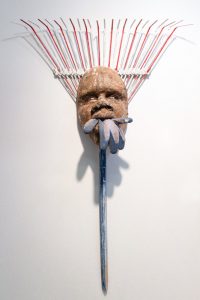
The series came from 2 things. Moving to Harlem and my boyfriend’s son, who is mixed race. In Harlem, I would see young males get rounded up on the street often, lined up and frisked. The humility these kids suffered was thick and hanging in the air. I felt for them. Plus my boyfriends son was getting into trouble with the law…stupid stuff, no ID while in the park, carrying beer, kid stuff. He was arrested and spent time in jail for these things. That woke me up to what was happening in our country in regards to our (In) Justice System. I see it as stealing. Our society seemed ok with these kids ‘doing time’ for non-violent crimes. Some of their time on this Earth was stolen- something they will never get back. It compelled me to make art around these policies since it’s what I do best.
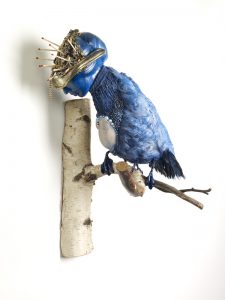
What can you say has influenced your evolution as a sculptor / artist?
The direction the world is going in and my insane idea that I can do something about it. Suprina Gallery Page
